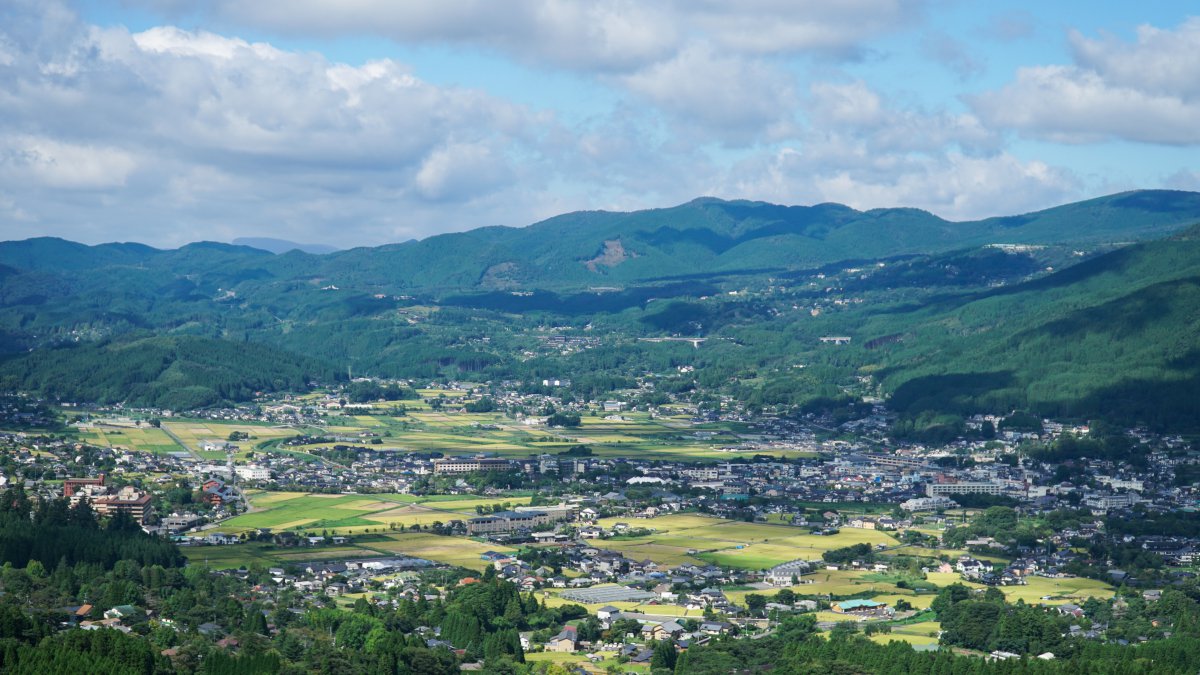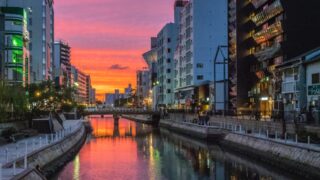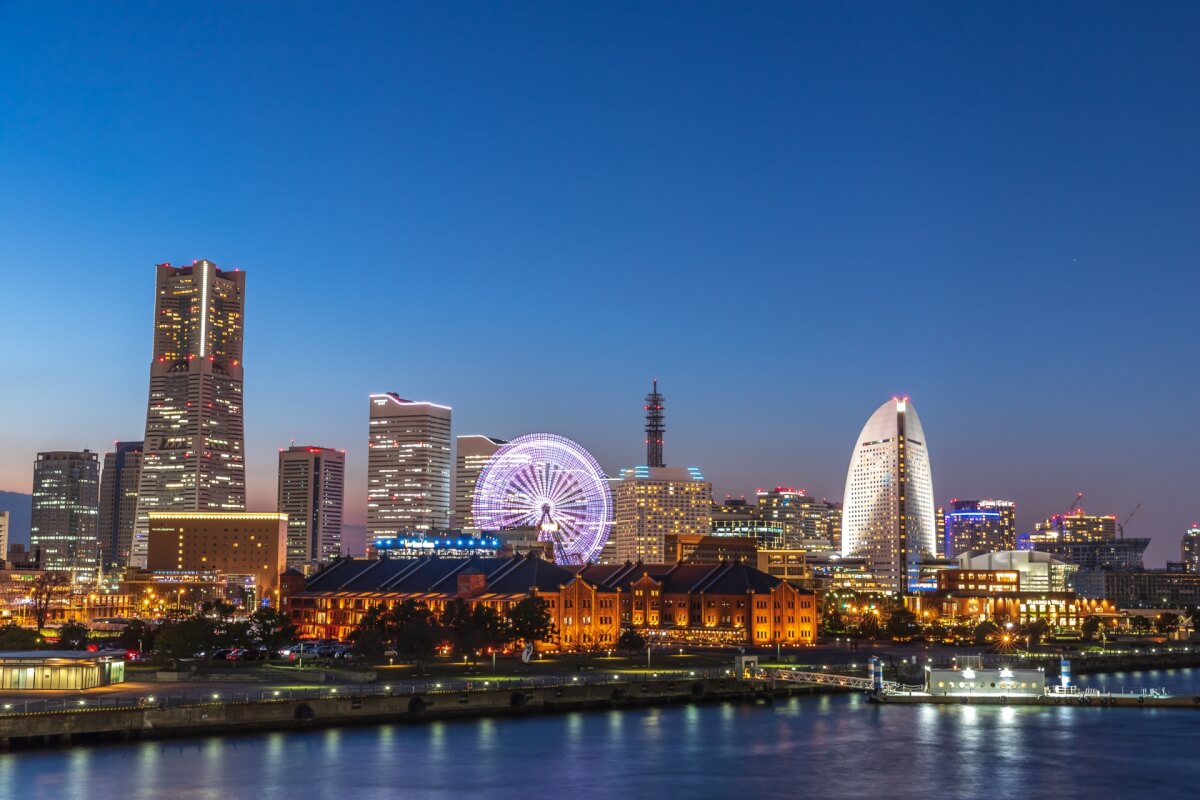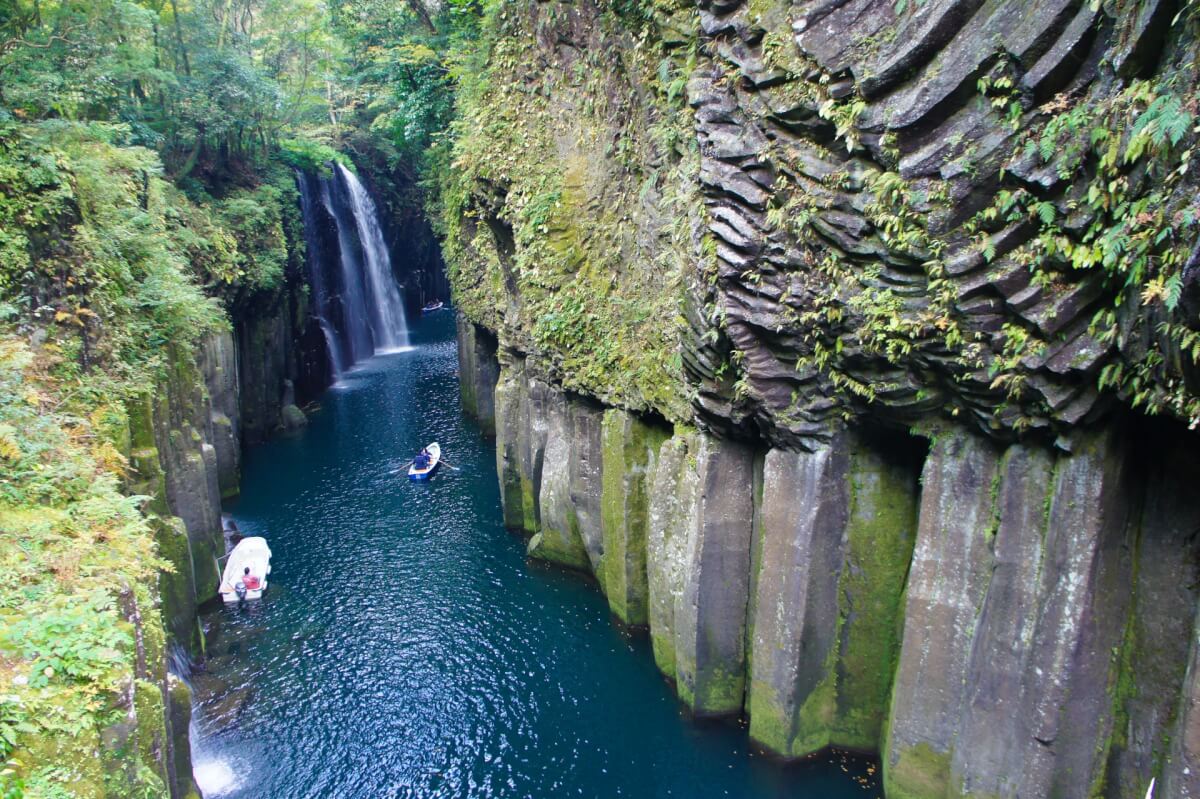Fukuoka is the largest and most populated province in north Kyushu. Fukuoka City is one of the largest cities in Japan, located in Hakata Bay. The capital city was formed originally from a castle town. Fukuoka is divided in two by the River Naka, with Hakata, the older eastern part of the city, serving as an important port and commercial center.
Fukuoka prefecture offers several important shrines and temples, large parks, and museums and is also well known for its cuisine, attracting many people outside the province just to taste the Fukuoka’s specialty foods. The local specialties include sushi and other seafood dishes, yakitori or grilled skewers, motsunabe hotpot in the winter, and tonkotsu or pork broth ramen, best enjoyed at a local yatai or food stall. Here we present places you should visit in Fukuoka.
1. Cheer at a Sumo Tournament
Sumo wrestling is Japan’s national sport, and it has a long and rich history. With tournaments being held every other month in different parts of Japan, all people are provided a chance to see the amazing sport. Fukuoka’s Grand Sumo Tournament is held every November, it is the last tournament of the year! Attending these tournaments is like seeing titans clash, and the energy from the crowd is always a 10 out of 10. If you miss the tournament in Fukuoka, don’t worry. You can catch the next tournament in Tokyo the following January or in Nagoya or Osaka in the succeeding months.
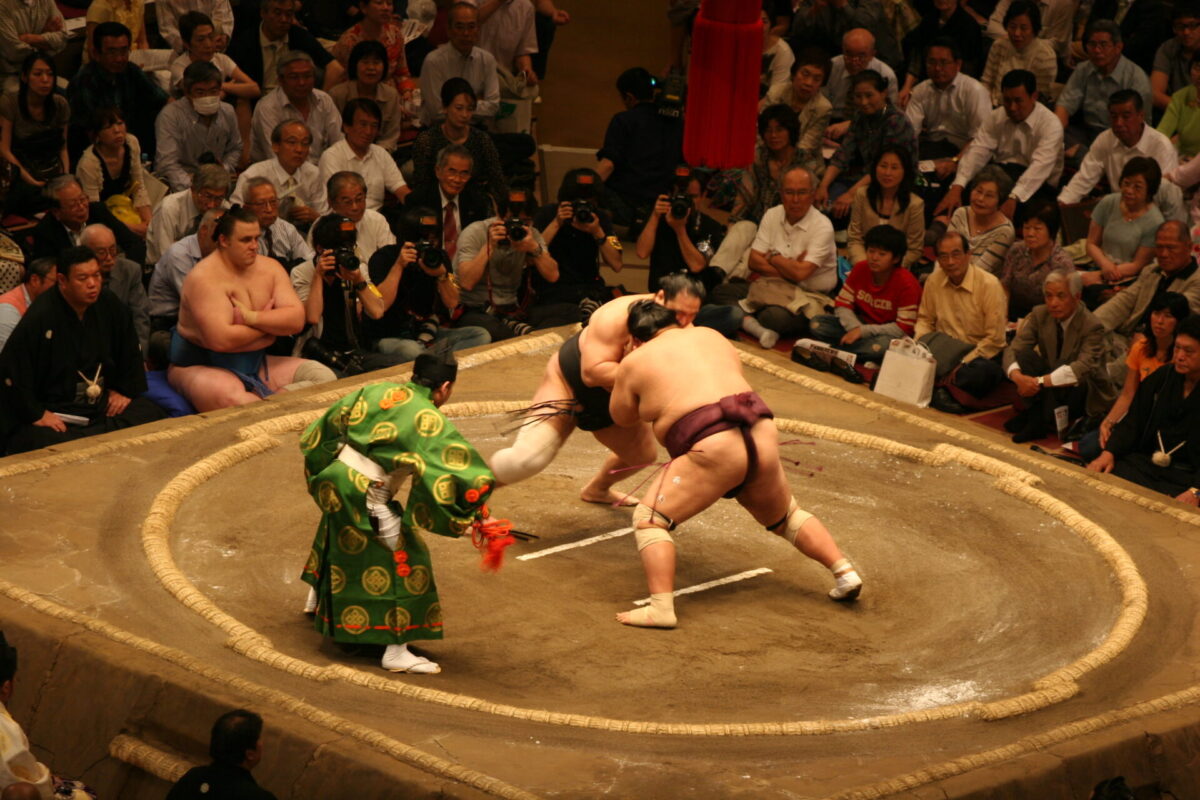
How to get to the Fukuoka Sumo Tournament
The Fukuoka Kokusai Center is only a 20 minute bus ride northwest from Hakata Station.
▼ If you want to see some real Sumo Warriors in action, now is the best time to get your tickets for the last Sumo Tournament this year, held in Fukuoka City. Tickets are sold out quick!

2. Visit the Munakata Taisha
Munakata Taisha is a collection of three Shinto shrines, which are Hetsu-Miya located in a sacred island of Okinoshima, Nakatsu-Miya situated in Ooshima Island, and Okitsu-Miya in the Kyushu mainland, Munakata, Fukuoka Prefecture. Each shrine is devoted to the three Munakata goddesses respectively. Munakata Taisha was registered as the UNESCO World Heritage in 2017.
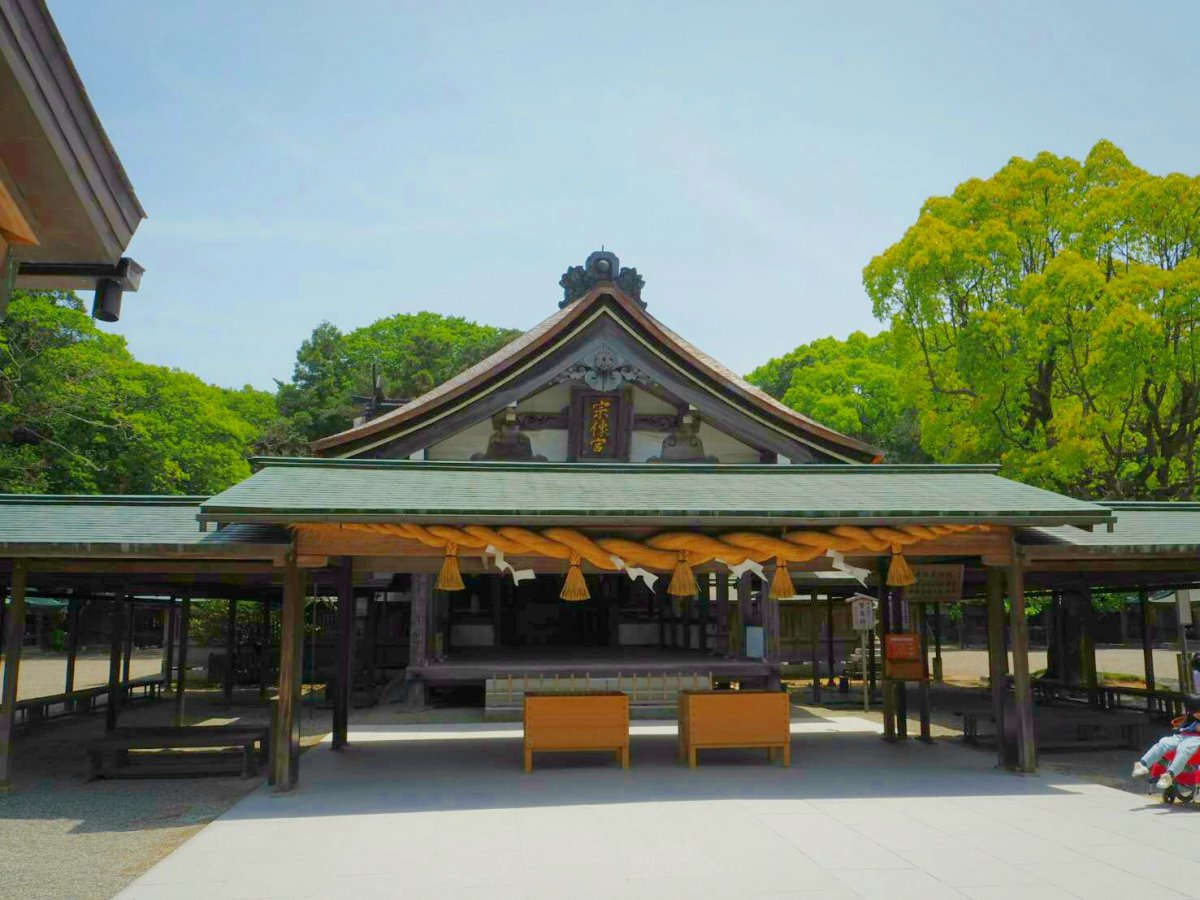
Okinoshima Island is the remote, sacred island where the original shrine stands. The island has been worshiped for safe travel since the fourth century. It is strictly prohibited to enter the island except the shrine’s priests. At Nakatsu-Miya on Ooshima Island was constructed around the 16th century. There is a big summer festival in August. Hetsu-miya Shrine in the Kyushu mainland was built around the 12th century, and it is the biggest and most-visited shrine of the three.
How to travel to Munakata Taisha
From Hakata Station, take the JR Kagoshima Main Line to Togo Station. Take Nishitetsu Bus bound for Kouno Minato Hatoba from Togo Station North Exit and get off at Munakata Taisha Mae bus stop.
Alternatively, there is a direct bus from Tenjin in central Fukuoka to Munakata (Hetsu-miya) Shrine.
3. See the Dazaifu Tenmangu
Dazaifu Tenmangu, constructed in 919, is the most important Tenmangu shrines in Japan because it was built on the site of the grave of Sugawara no Michizane, to whom the shrine is dedicated. Tenmangu shrines are worshiped for academic success.
Dazaifu Tenmangu is also well known for its plum trees. There are well over 6,000 plum trees that when in full bloom, make the shrine grounds look spectacular. Many people visit this place in February and March when the plum blossoms are in full bloom.

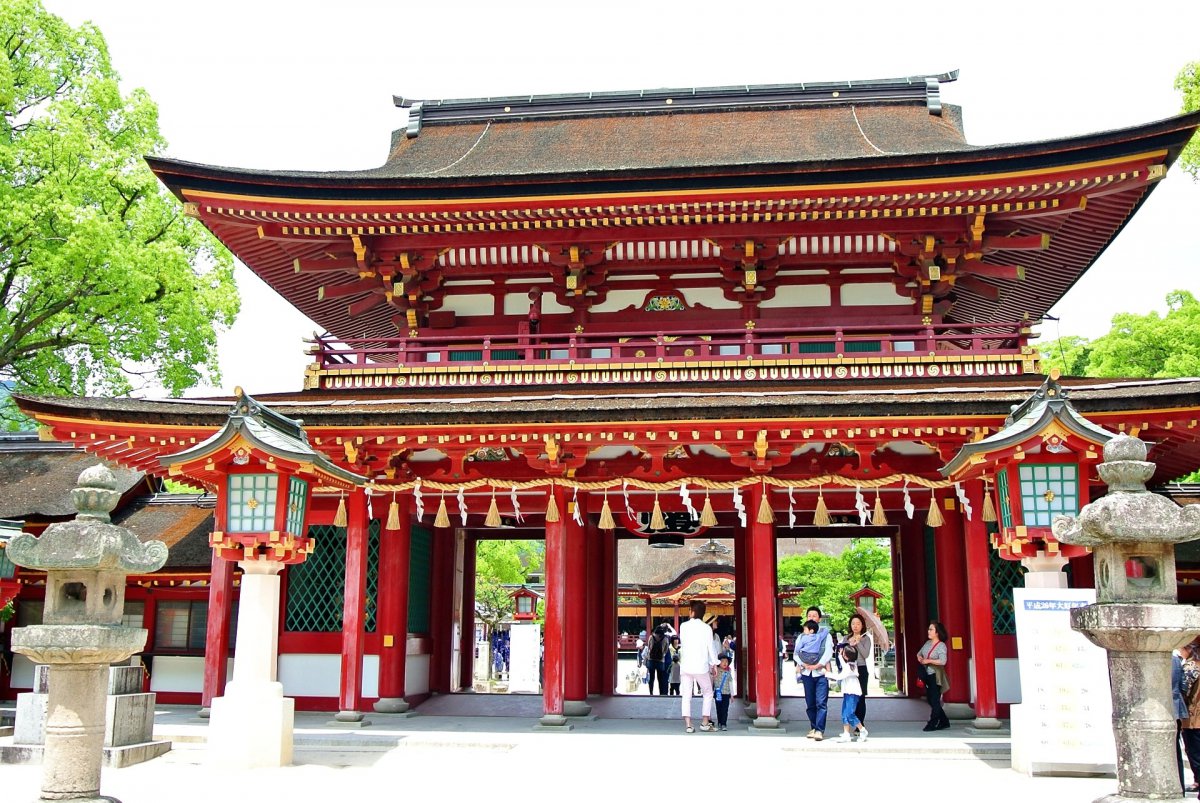
Dazaifu Tenmangu
6.30am – 7pm (times vary slightly depending on the time of year)
Free admission
How to travel to Dazaifu Tenmangu
Dazaifu Tenmangu is in the city of Dazaifu, 30 minutes from downtown Fukuoka. From Dazaifu station it takes a few minutes to reach the shrine by foot.
4. Explore the Kyushu National Museum
Kyushu National Museum opened in 2005 next to Dazaifu Tenmangu. The design of the building is impressive and modern with mirror walls, giving interesting contrast to historical Daizaifu Tenmangu. The museum’s permanent exhibition is on the 4th floor which is divided into five chronological areas. The gallery showcases the cultural exchanges between Japan and other countries over the centuries. The 3rd floor is for a special exhibition which changes every few months. On the 1st floor there is “Ajippa” where visitors can experience games and hands-on exhibits from various Asian cultures.
Kyushu National Museum
9.30am – 5pm (Friday & Saturdays open until 8pm, closed on Mondays)
Admission fee ¥700
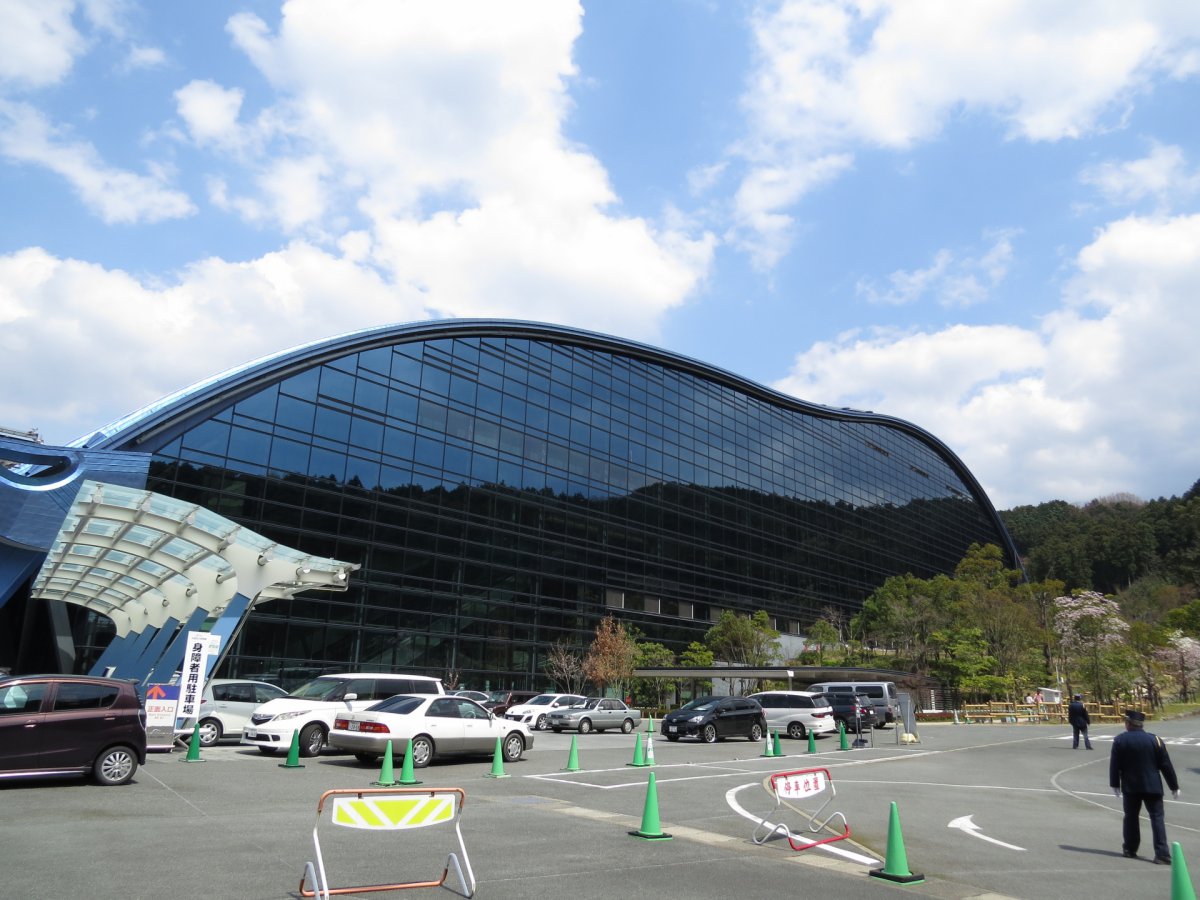
How to get to Kyushu National Museum
- 5 minute walk from Tenmangu shrine
5. Check out the Nanzoin Temple and the Reclining Buddha
This temple is the home to the Reclining Buddha, which is said to be the largest bronze statues in the world. The Buddha in Nanzoin Temple is 41 meters in length and 11 meters in height, and weighing in at 300 tons. Its size exceeds the famous Buddha statues in Kamakura (13 meters in height, weighing 93 tons) and Nara (15 meters in height, weighing 250 tons). However, the Buddha in Nanzoin Temple is much younger than those in Kamakura and Nara, being completed only in 1995.
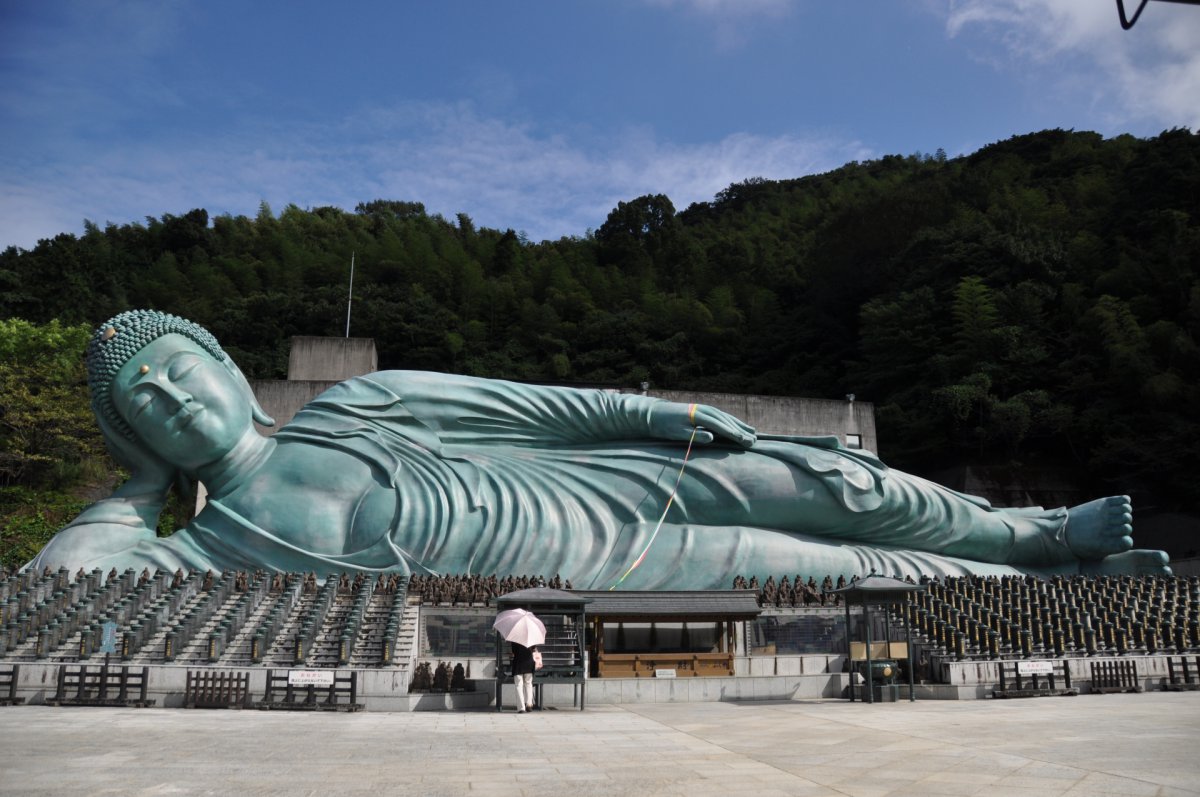
Nanzoin Temple was moved to its current location in 1899 from Mount Koya, the large temple complex in Wakayama prefecture. The temple features an impressively large Fudo Myo-o statue and 500 statues of Buddha’s disciples as well as an Inari Shrine and a shrine dedicated to the Shichifukujin, which is the seven lucky Japanese gods.
How to get to Nanzoin Temple
- From Hakata station, take JR Sasaguri Line to Kido Nanzoin-mae station. The temple is 3 minute walk from the station.
6. Stroll through Kawachi Fujien
Situated in Kitakyushu, Kawachi Fujien is a large private garden filled with 22 types of wisteria. The garden can be visited twice a year; from late April to early May, when the wisteria is in season, and mid-November to early December for maple leaf season. Both views are spectacular and attract visitors from all over!


The garden’s most popular features are two tunnels of drooping wisteria, one with 80 meters and the other with 110 meters in length. After the tunnels you will find an about 3,300 square meter space covered with a roof of hanging wisteria. It’s one of the prettiest things you can see and has been featured on several websites including CNN.
Note that during the peak of the wisteria season, admission tickets for a specific date and time slot have to be purchased in advance to enter the garden. Tickets can be sold online or at the convenience store.
Kawachi Wisteria Garden
8am – 6pm
Admission fee: ¥500 ~ ¥1,500 (depends on blooming status of the flowers)
How to get to Kawauchi Fujien
The gardens aren’t well connected with the public transportation and we recommend going there by (rental) car. However, traffic jams can occur especially on weekends and holidays. During the peak of the season, there is a shuttle bus to and from JR Kagoshima Honsen Hachiman station about twice every hour.
7. Relax in Ohori Park
Ohori Park is a large city park in the center of Fukuoka City. It features a large pond, and the walking path around the pond is popular for jogging, walking, and leisurely strolls. Ohori means a moat in Japanese, and the pond used to serve as part of the moat of the neighboring Fukuoka Castle. There are three islands in the middle of the pond that are connected by stone bridges.
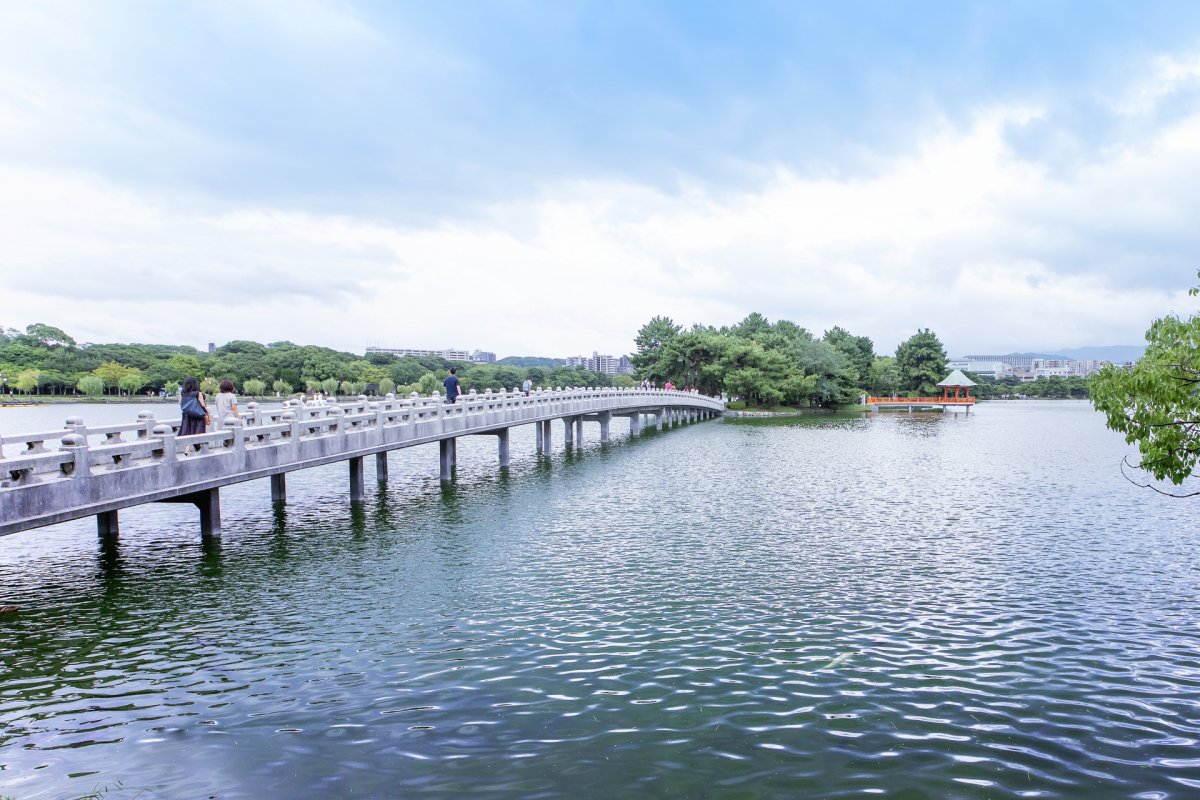
Inside the garden there is a playground for kids as well as a traditional Japanese garden and the Gokoku Shrine. The park also houses the Fukuoka Art Museum which was opened in 1979. Its’ permanent collection includes Buddhist statues dating back to the 11th century and paintings and sculptures by modern artist such as Miro and Dali.
How to get to Ohori Park
- Short walk from Ohori Koen station
8. Check out the Fukuoka Castle Ruins and Maizuru Park
Fukuoka Castle was once the largest castle in Kyushu during the Edo Period (1603-1867), however, it was completely destroyed after the Meiji Restoration as it was seen as an unwanted symbol of the past. Now only ruin walls, a couple of turrets, some gates, and guard towers of the Fukuoka Castle remain. The castle ruins are located in Maizuru Park, right next to Ohori Park.
Maizuru Park is another very popular sakura viewing spot in Fukuoka, and many people visit here for hanami parties in spring. When you don’t mind the crowd, we recommend you visit the castle in spring when the sakura is in full blossom. The more than 1,000 sakura trees in full blossom are breathtakingly beautiful! Tip: if you have the time, make your way to the castle at night when the trees and the castle are illuminated, another spectacular sight!
The castle ruins are always accessible and free to enter.
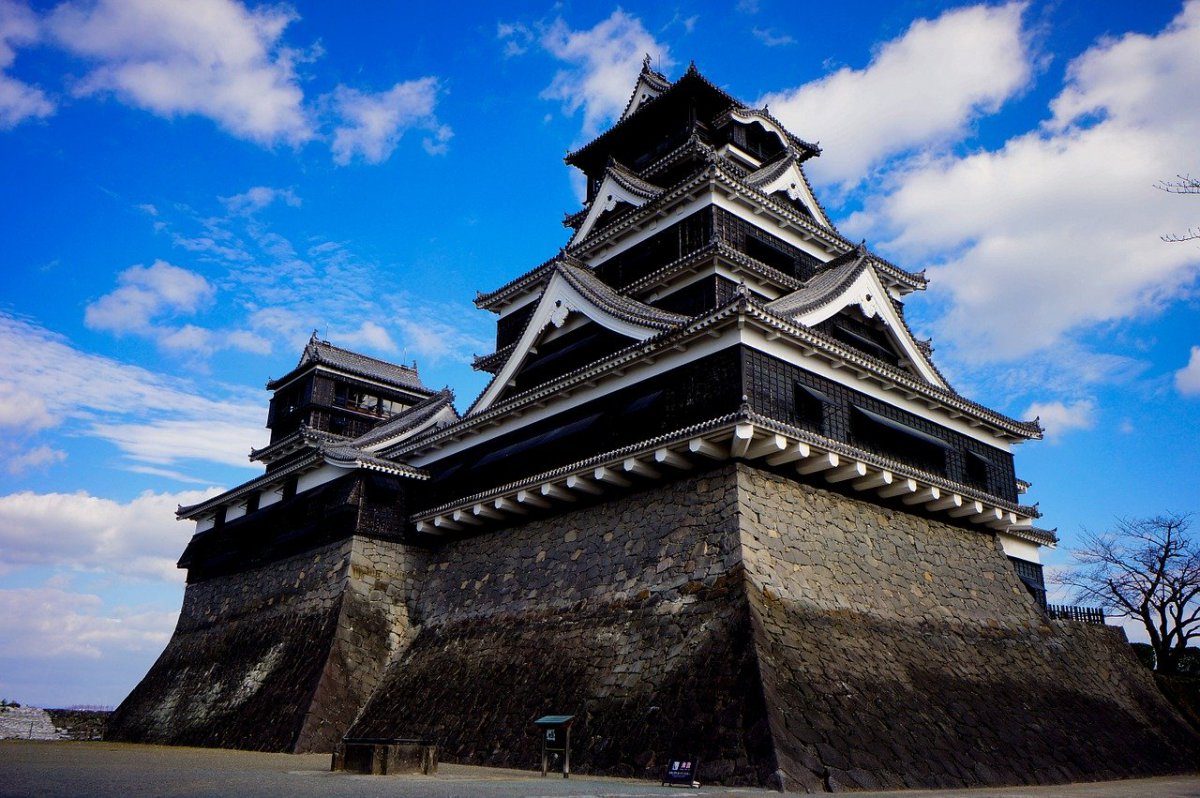
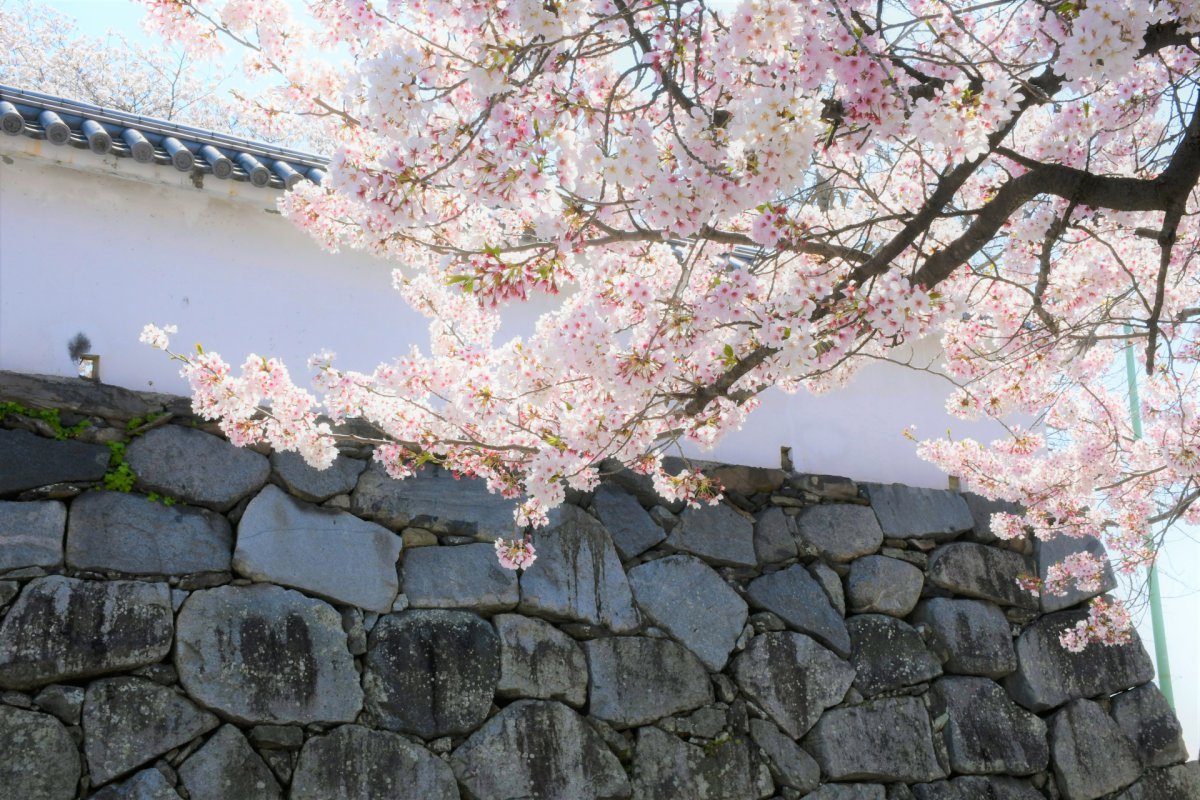
How to get to Fukuoka Castle Ruins and Maizuru Park
- 10-15 minute walk from Ohori Koen station
9. Visit the Sumiyoshi Shrine
Across Japan, more than 2,000 Sumiyoshi-jinja shrines can be found, and the one in Fukuoka City is said to be the oldest of all. The original Sumiyoshi Shrine was constructed over 1,800 years ago, however, the current buildings date back to 1623.
In the old days, the shrine was worshiped as a god of fishing and the sea. Now there are eight smaller shrines located on the shrine grounds, each dedicated to a different god. People patronize the shrines to pray for academic success, good business relations, and happy marriages. Worshiping all the eight gods can bring you extra luck.

Although the main hall of Sumiyoshi Shrine shows influence from Buddhist building style, it is also known for displaying Sumiyoshi-zukuri architecture. Sumiyoshi-zukuri, which is characterized by flat roofs, two X-shaped finials and a number of decorative logs placed on the roof, is a Japanese architectural style before Buddhism was introduced to Japan.
When you visit the shrine in november, you might be lucky to witness a sumo ceremony related to the Grand Sumo Tournament that takes places in Fukuoka every year in November.
Sumiyoshi-jinja shrine (Japanese only)
9am – 5pm
Free admission
How to get to Sumiyoshi-jinja Shrine
- 12 minute walk from Hakata station
- 6 minute bus ride from Hakata station
10. Check out the Kushida-jinja Shrine
Located in the heart of Fukuoka City, you can access this shrine easily on foot or by subway while you visit the other areas of the city. The shrine is one of the oldest in Fukuoka, believed to have been founded in the year 757. The famous summer festival Hakata Gion Yamakasa festival is dedicated to this shrine. When you can, this is a great time to visit Fukuoka!
Next to the main hall of the shrine, you will find a fountain that is known for perpetual youth and longevity. Another symbol of the shrine is the ginkgo tree, which is over 1,000 years old. People also worship this tree for longevity. There is another ginkgo tree near the rocks. The two trees make a couple (they are male and female.) and every year the female tree bears a lot of fruits, therefore, people come here to wish for a happy marriage and healthy children.
The shrine is open from 4am until 10pm and free to enter.
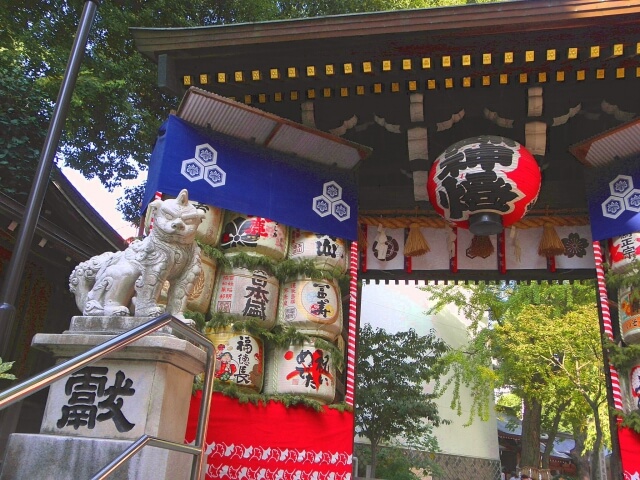
How to get to Kushida-jinja shrine
- 5 minute walk for subway Gion station
- 5 minute walk from Canal City Hakata
11. See the views from Fukuoka Tower
Built in 1989 as the symbol of the Asia Pacific Exhibition Yokotopia ’89 and in celebration of the city’s 100th anniversary, Fukuoka Tower is the tallest seaside tower in Japan with its’ 234 meters. This triangular prism is covered with 8,000 one-way mirrors. The observatory of Fukuoka Tower offers spectacular scenery of the city with a 360-degree panoramic view which is especially popular for sunset and night view.
Fukuoka Tower
9.30am – 10pm
Admission fee ¥800
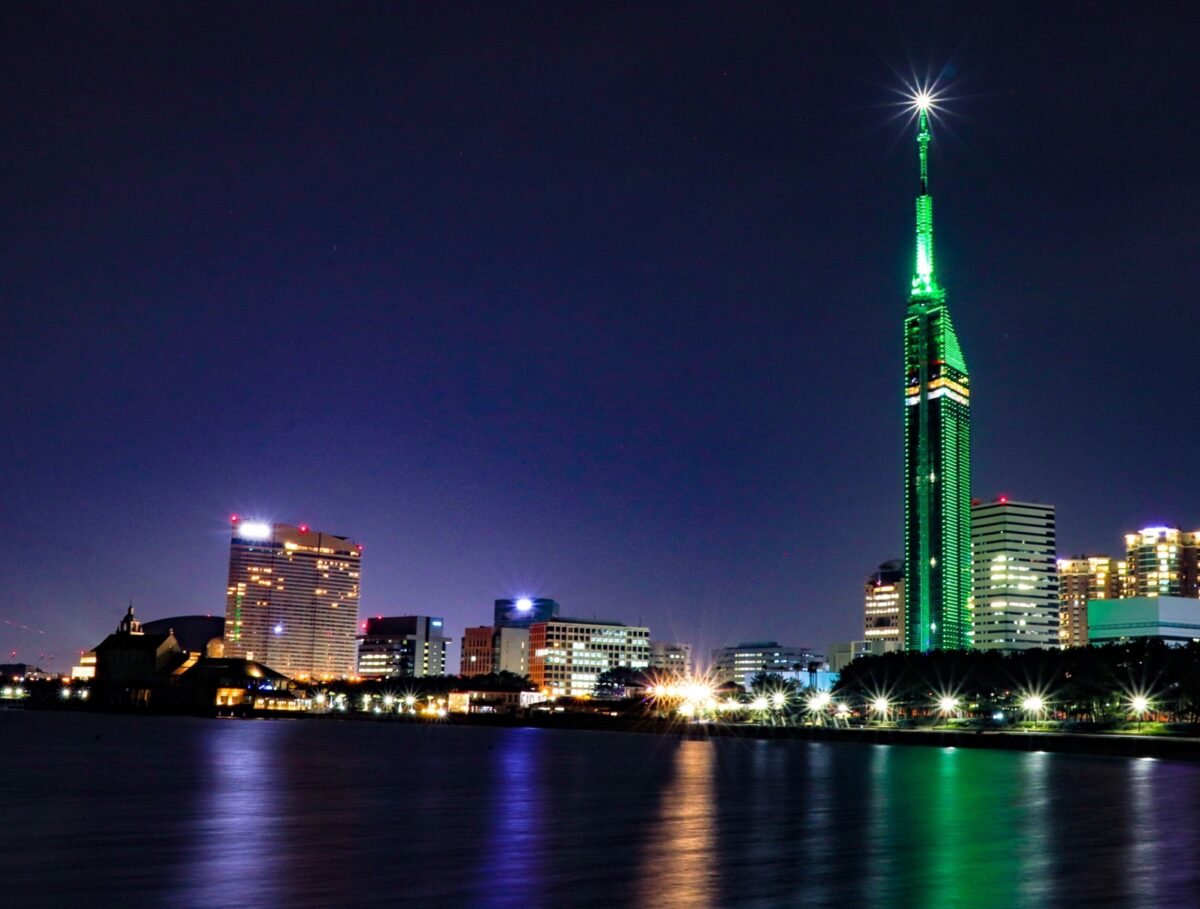
How to access Fukuoka Tower
From JR Hakata station, take Nishitetsu Bus #306 at but stop #6 at Hakata Bus Terminal, get off at Fukuoka Tower.
12. Grab a bite at the Yanagibashi Food Market
This food market is known as the Kitchen of Fukuoka and stretches for about 100 meters. You can find the freshest seafood, fruits, and vegetables here. Professional chefs, as well as local people, do their shopping here. You can find restaurants and shops for kamaboko (fish cake), mentaiko (spicy cod roe) which is Fukuoka’s specialty, rice bowl with fresh sashimi (raw fish) as well as coffee shops and sweet shops. When you visit this market, you can really feel and experience Fukuoka’s food culture!
How to get to Yanagibashi Food Market
From Hakata Station, take Nishitetsu Bus Hakata Eki-mae A or Hakataeki Yubinkyoku-maeB, get off at Yanagibashi bus stop.
13. See Sakurai Futamigaura’s Couple Stones
If you are lucky enough to find yourself in Fukuoka prefecture, Futamigaura Beach needs to be on your bucket list, especially if you have a significant other. The Sakurai Shrine’s Torii gate and the Meoto Iwa (wedded rocks) are a duo of attractions that work in tandem beautifully. It is a sacred place in the Shinto religion, with the stones signifying fertility and marital bliss.
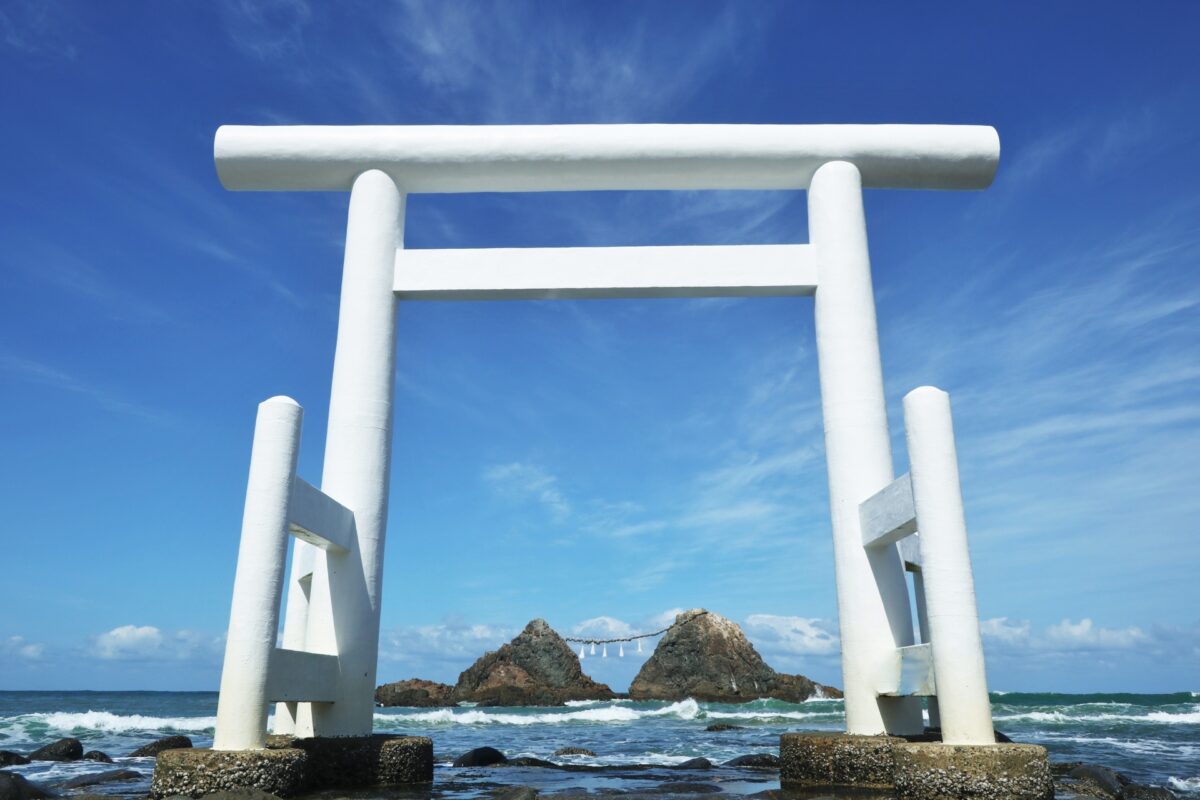
From Fukuoka Airport Station, take the Kuko/Chikuhi line to Kyudai Gakkentoshi-eki(Kyudai Gakkentoshi Station). Then take the 5B-2 Bus to Futamigaura (Meotoiwamae) Station. It’s only a 1 minute walk to the Sakurai Futamigaura’s Couple Stones from there.
14. Take a day trip to see the One Piece statues
While it’s technically not in Fukuoka, the city of Kumamoto in Kumamoto prefecture is very close and worth the short trip. It is the hometown of the legendary mangaka, Eichiiro Oda, the creator of One Piece. The city has worked in collaboration with Oda, and have set up 10 statues around the city, one for every member of the Strawhat crew. This is a major bucket list item for most anime and One Piece fans, so if you’re in Fukuoka, it’s a chance you shouldn’t pass up.
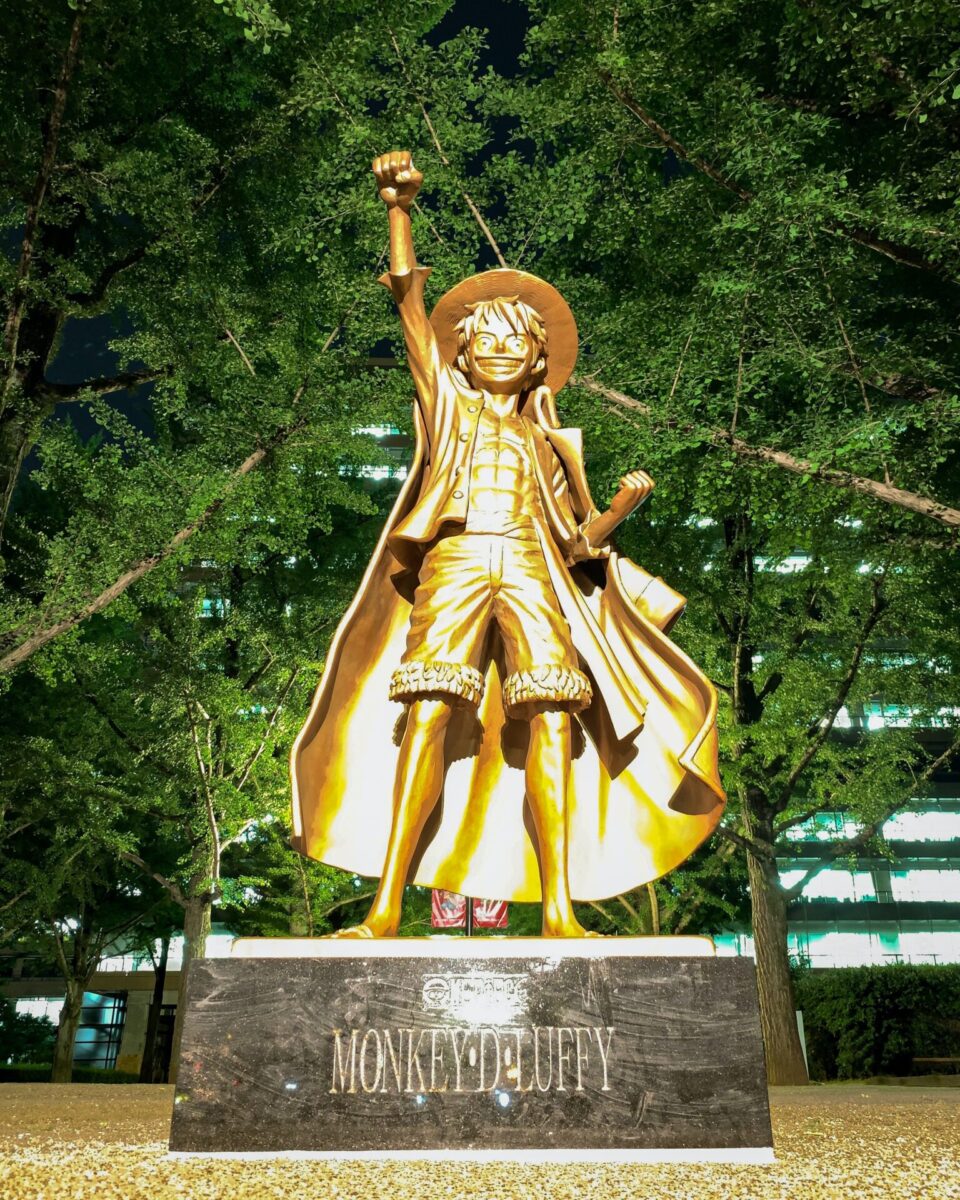
How to get to Kumamoto
From Hakata Station, take the Kyushu Shinkansen directly to Kumamoto Station.
15. Eat at a Yatai Food Stall
Fukuoka’s yatai are a symbol to it’s local culture. They usually open from about 6 pm to 2 am, and serve a small variety of izakaya food. The stalls are small, so you’ll likely be eating shoulder to shoulder with locals. This, along with the cultural discouragement of phones at the table, provide those you eat at a yatai with an intimate, culturally rich experience into eating like a Fukuoka local and gaining some amazing conversational practice.

16. Go to an Owl Café
Japan never runs short of its interesting and unique amenities. This is especially true for its variety of cafés. From maid cafés to cat cafés to cat-maid cafés, there is something for everyone. Fukuoka has something for owl lovers. The Fukuro no Mise Hakata Shop is a popular owl café, where they have dozens of owls that you can interact with. These owls range from small to big and are from ages 10 to 30, depending on the species of owl. You can pet them, feed them, and even leave your pet owl in their shop’s care for a short time.
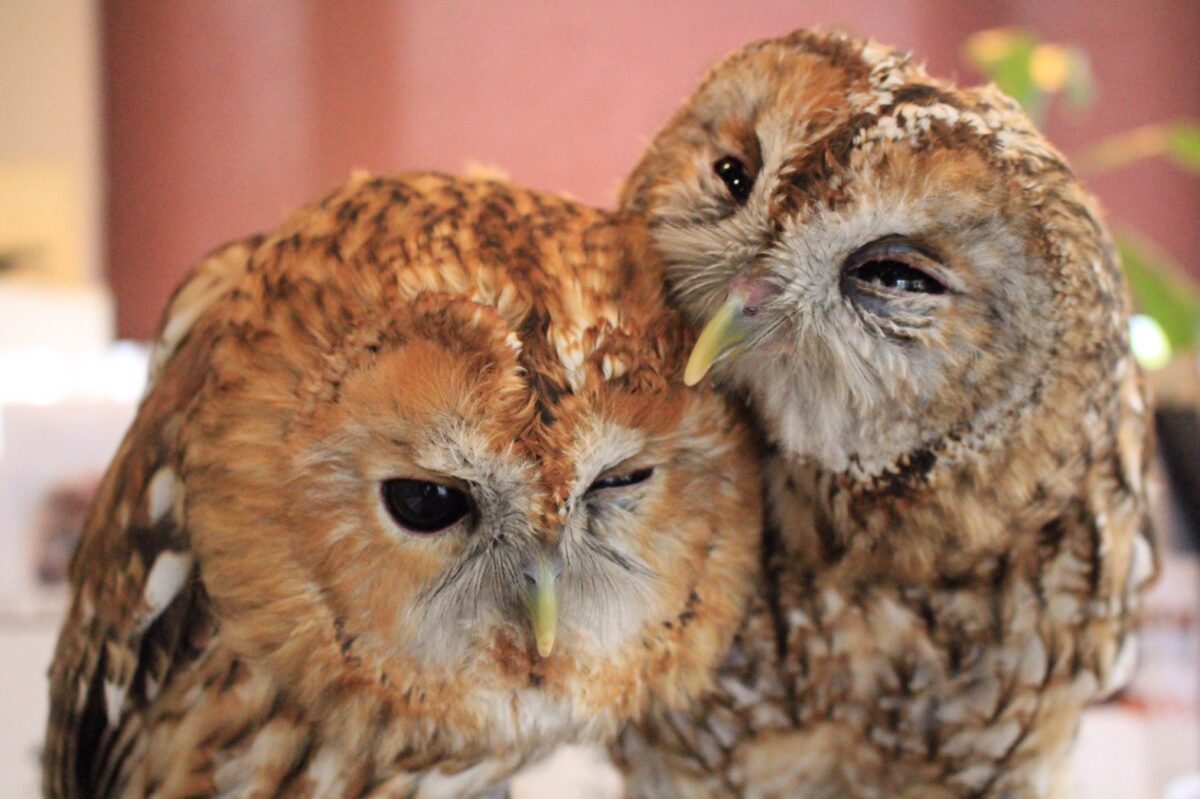
How to get to the Owl Café Hakata
From Hakata Station, walk to the Hakata Terminal 1F, and take the bus to the Kawabata-machi and Hakataza bus top. From there, the café is only a 5 minute walk northwest.
How to travel to Fukuoka
Fukuoka is located on the northern tip of the Kyushu prefecture and can easily be reached with different modes of transportation. The JR Kyushu Shinkansen and the JR Sanyo Shinkansen, with direct connections to Tokyo, Osaka, Kyoto and Hiroshima, have multiple stops in Fukuoka prefecture. Fukuoka airport is located very close to the city center and from Fukuoka City’s Hakata Port ferries depart to South Korea and to many of Kyushu’s smaller islands.
Where to stay in Fukuoka
We recommend you to stay in Fukuoka City, and use the city as your base for travels through the prefecture. Opt for an hotel in the vicinity of the Shinkansen station Hakata and you can’t go wrong. Here are some of our recommendations:
- Miyako Hotel Hakata – a modern, luxury hotel with a private rooftop pool
- WeBase Hakata Hostel – a stylish, fresh hostel located within walking distance from Hakata station
- THE BLOSSOM HAKATA Premier – A modern Japanese style hotel.
We also picked the 10 best hotels in Fukuoka. Check out the article below to find more options!
Fukuoka prefecture is a great place with a lot of historical places to visit and local cuisine to try. We hope we gave you an idea of some of the highlights of Fukuoka prefecture, it’s worth a visit we think! Plan well before you visit Fukuoka and you can experience and learn its unique history, cuisine, and art culture.
We hope you have a great time in Fukuoka!
Japan Wonder Travel Tours
Japan Wonder Travel is a travel agency that offers guided tours throughout Japan.
From private walking tours to delicious Food and Drink tours, we can help you organize the best tours just for you! If you want to explore Japan and learn more about the history and backstories of each area you are visiting, our knowledgeable and friendly English speaking guides will happily take you to the best spots!
In addition, we can provide you with any assistance you may need for your upcoming trip to Japan, so please feel free to contact us if yu have any questions or need some help!
▶Tokyo Tsukiji Fish Market Food and Drink Tour
Explore the most lively and popular fish market in Tokyo and try some of the local’s favorite street foods and sake with one of our friendly and knowledgeable English speaking guides!

▶Tokyo 1–Day Highlights Private Walking Tour (8 Hours)
There’s no better way to explore an area than taking a tour with a knowledgeable local guide. You will have the chance to learn about the history and interesting background stories of Tokyo, as well as discover some hidden gems which can be hard to do without a guide.
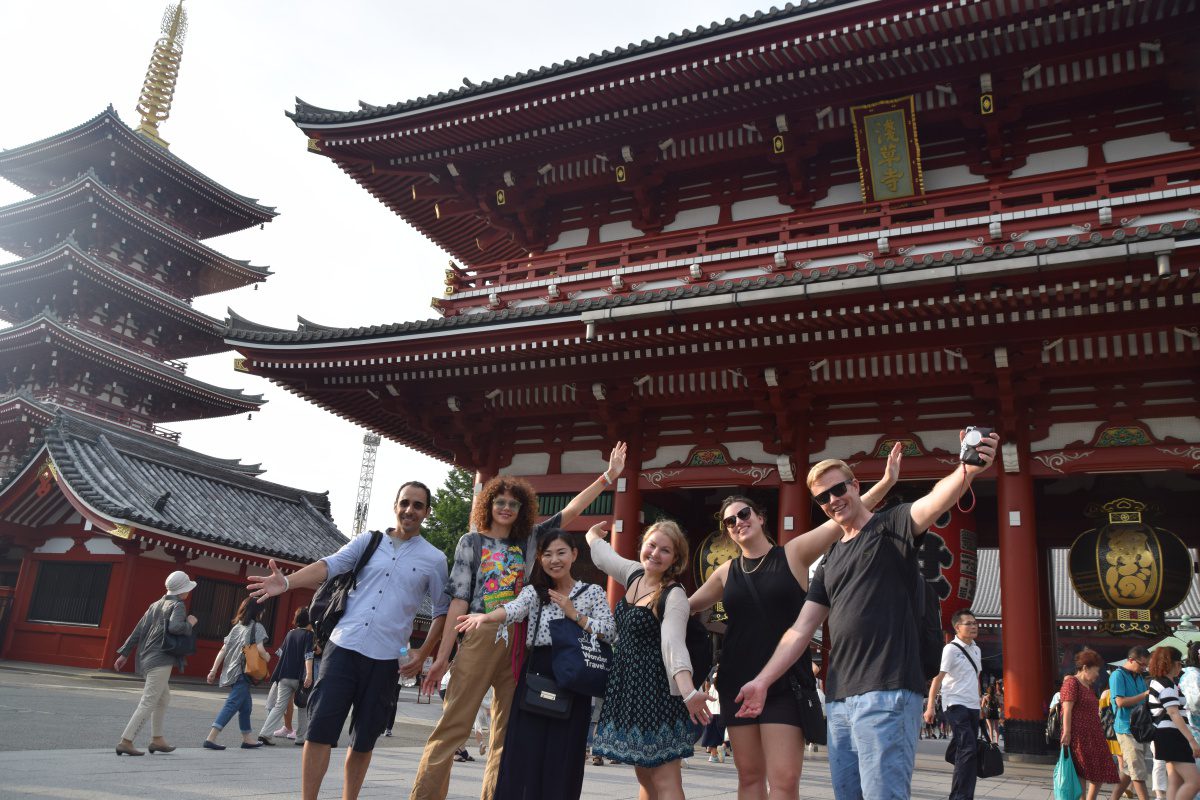
▶Mt. Fuji Day Trip Bus Tour from Tokyo
Experience the breathtaking views of Mt. Fuji by visiting the highlights of the area on our guided sightseeing bus tour! Departing from Shinjuku in central Tokyo, you can travel comfortably to all of the best spots in the area by bus.
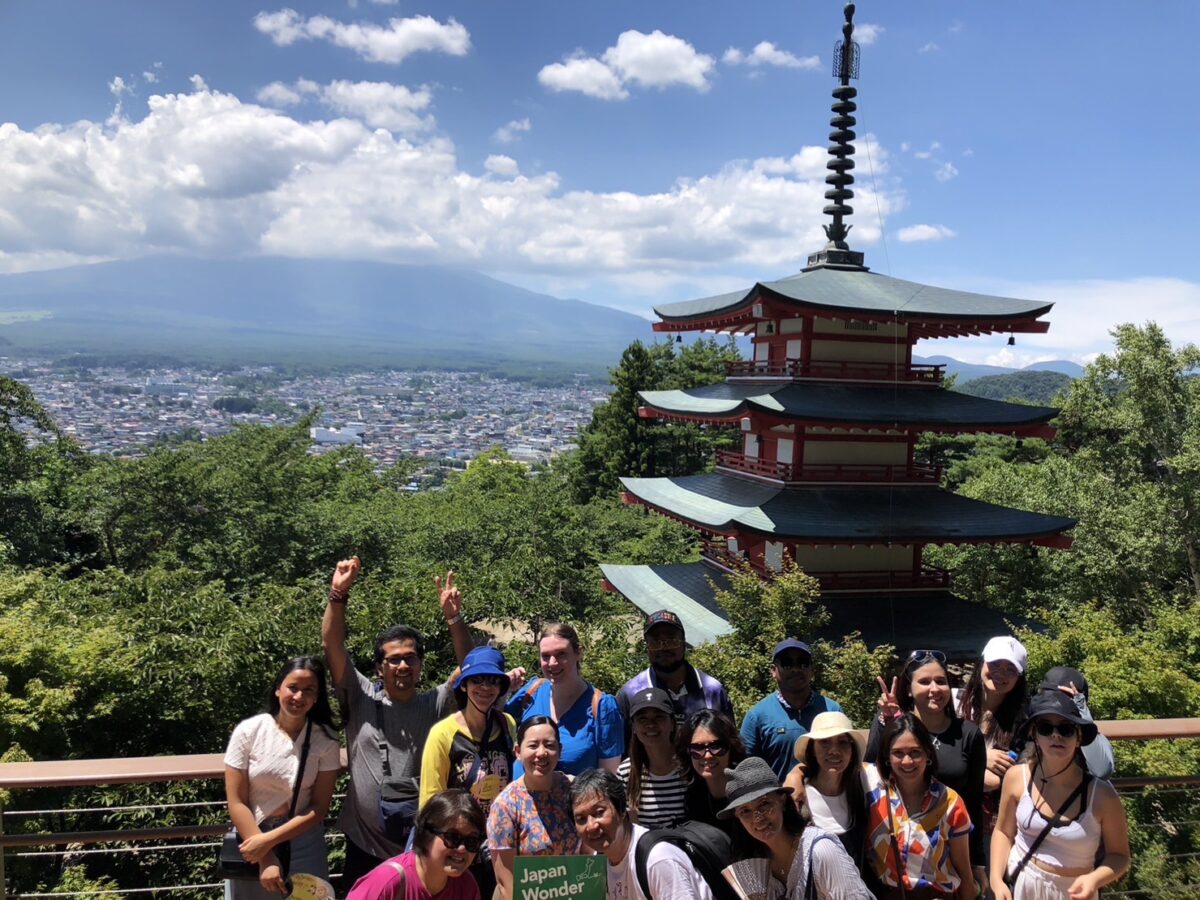
Follow us on Instagram or Facebook for more travel inspiration. Or tag us to get featured!
Happy travelling!
Other articles about Fukuoka
This post may contain some affiliate links. When you click through and make a purchase we may receive some commission, at no extra costs to you.
